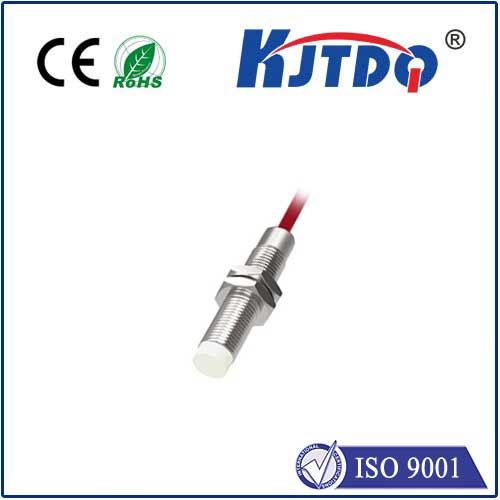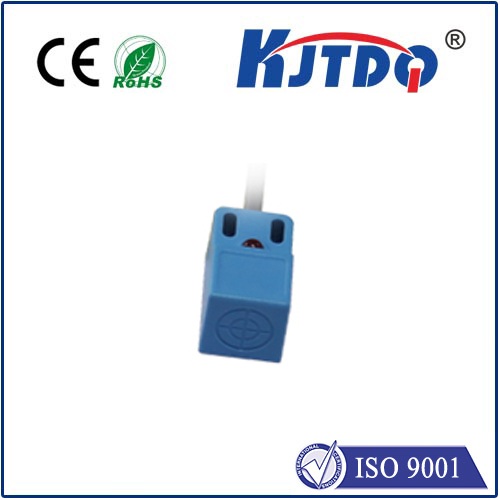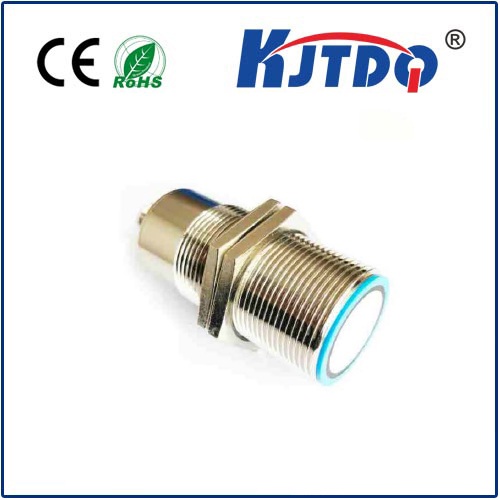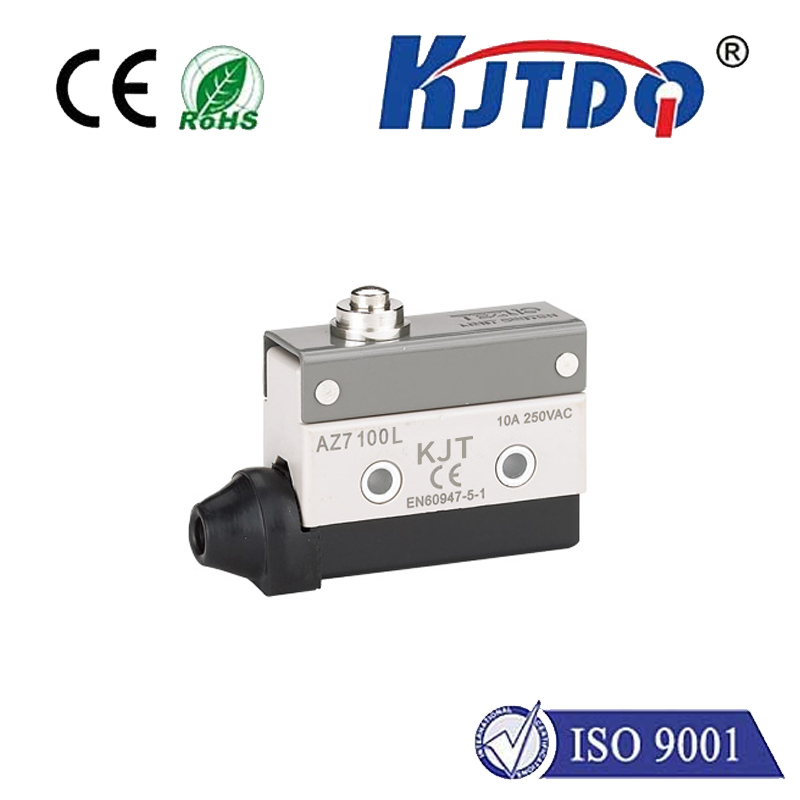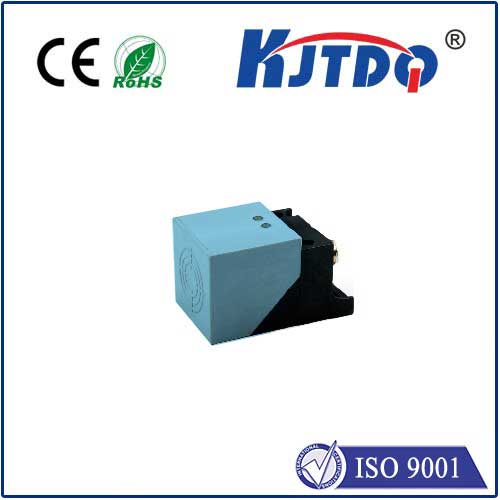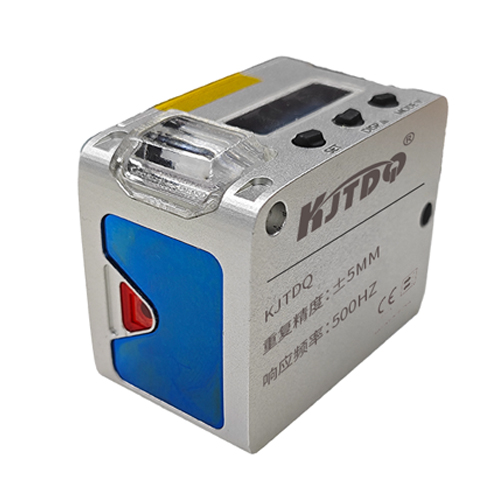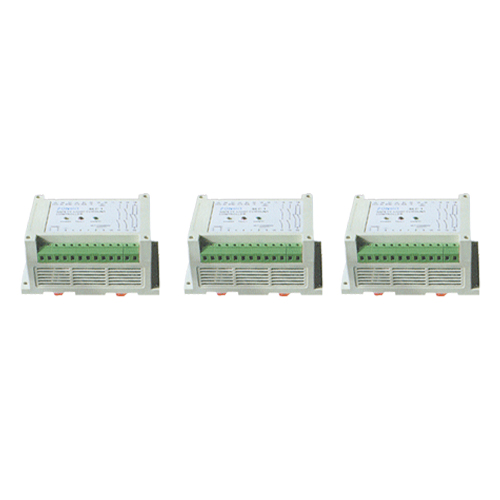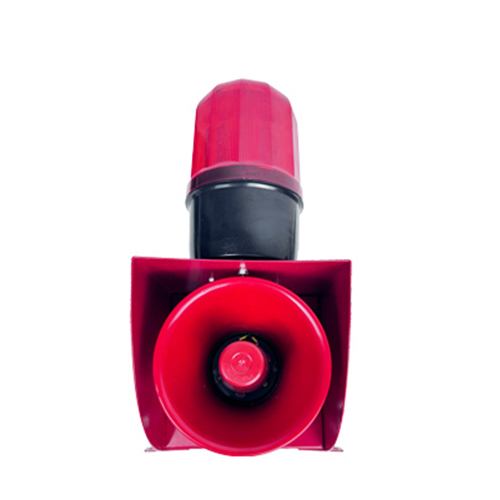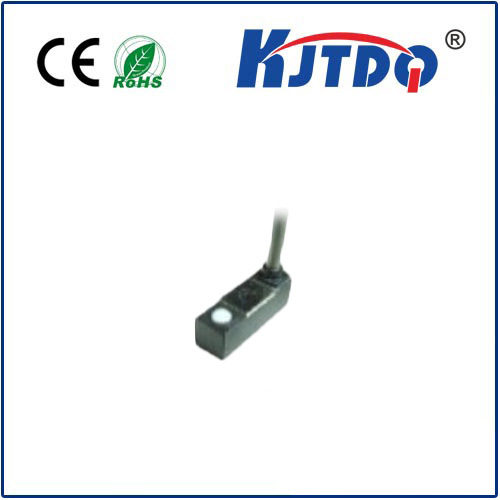

check

check

check

check
Every second counts on a high-speed production line. A missed bottle, an incorrectly placed component, or an unnoticed object on a conveyor can trigger costly downtime, product waste, or even safety hazards. Detecting objects reliably and accurately in the demanding, space-constrained environments of modern automation is a constant battle. While numerous sensing technologies exist, achieving consistent performance across varying conditions, over long distances, and within compact footprints presents significant hurdles. This is where the specialized capabilities of sensors like the E3RB-DP11 2M micro photo sensor become indispensable, offering a powerful solution packed into an incredibly small form factor.
For years, engineers grappled with the limitations of standard sensors. Mechanical switches wear out. Ultrasonic sensors can struggle with specific surface types or environmental noise. Capacitive sensors detect material presence but lack range and precision positioning. Enter photoelectric sensing: a versatile, non-contact method using light beams for detection. Its speed, reliability, and adaptability made it a cornerstone of automation. Yet, even within this reliable category, challenges persisted – particularly when applications demanded long-range detection within strict space limitations or required resilience against ambient light interference. Traditional sensors often forced compromises: long-range models were bulky, while compact sensors offered limited reach.
The E3RB-DP11 2M micro photo sensor addresses these specific pain points head-on. Its defining characteristic is the potent combination of its microscopic size with an impressive 2-meter (approx. 78.7 inch) sensing range. This extended range capability within such a diminutive housing unlocks possibilities previously difficult or impossible. Imagine reliably detecting objects on wide conveyors, verifying pallet positions in deep racking, or confirming the presence of large items from a safe, easily mountable distance – all without requiring a comparatively enormous sensor body. The “micro” designation isn’t just a label; it translates directly to easier integration into densely packed machinery and robotic cells where every millimeter of space is precious.

Beyond its compact power, the E3RB-DP11 2M is fundamentally engineered for dependability. Modern factories are dynamic environments filled with potential optical interference: flickering fluorescent lighting, bright sunlight near loading bays, or glare from reflective surfaces. This sensor incorporates sophisticated modulation technology, allowing it to distinguish its own emitted light signal from background ambient light effectively. This results in superior stability and reduced false triggering – critical factors for maintaining uninterrupted production flow and ensuring process accuracy. Coupled with robust construction typical of industrial-grade photoelectric sensors, it delivers consistent performance in environments susceptible to vibration, dust, and minor moisture exposure (conforming to standards like IP67, though always verify specific ratings).
Operational efficiency is another key strength. The E3RB-DP11 2M features intuitive setup mechanisms. Sensitive adjustments are straightforward, facilitated by clear indicators for both power status and output state. This ease of use minimizes commissioning time and simplifies future maintenance or repositioning. The sensor provides a stable, clean electrical output signal, readily interpretable by Programmable Logic Controllers (PLCs) and other industrial control systems, ensuring seamless integration into complex automation networks. Its design inherently supports reliable communication between the sensor and the controlling intelligence of the machine.
The practical applications leveraging the E3RB-DP11 2M’s unique capabilities are vast. In packaging machinery, it excels at counting bottles/cans moving at high speeds on wide conveyors or verifying case flaps are fully closed before sealing. Material handling systems use it for position verification of pallets or totes on extended conveyor lines and detecting oversized loads before they enter restricted zones. Within intricate assembly automation, its small size allows placement close to workpieces for precise detection of component presence or absence in tight fixtures, or for monitoring robotic arm positions accurately. Essentially, any scenario demanding robust, long-distance object detection within a confined mounting envelope is a prime candidate for this compact yet powerful micro sensor.
Operating on the fundamental photoelectric principle, the E3RB-DP11 2M functions as a through-beam sensor. It comprises two separate units: an emitter and a receiver. The emitter projects a focused beam of infrared light. The receiver, positioned directly opposite (within the 2M maximum range), continuously monitors for this light. When an object physically interrupts this beam, the receiver detects the absence of light and triggers its output signal. This straightforward but highly effective method provides excellent object detection reliability for opaque materials.
Adopting the E3RB-DP11 2M micro photo sensor represents a strategic move toward optimizing automated processes. It eliminates the compromise between sensing range and physical size – a compromise that has historically dictated design choices. By delivering long-range detection from an exceptionally micro compact body, coupled with exceptional stability against interference and straightforward integration, this sensor empowers engineers to tackle complex detection challenges effectively. In the relentless pursuit of efficiency, reliability, and space optimization within modern industrial automation, the E3RB-DP11 2M stands out as a precise and highly adaptable tool, proving that powerful performance can indeed come in remarkably small packages, reliably detecting the critical moments that keep production moving forward.
